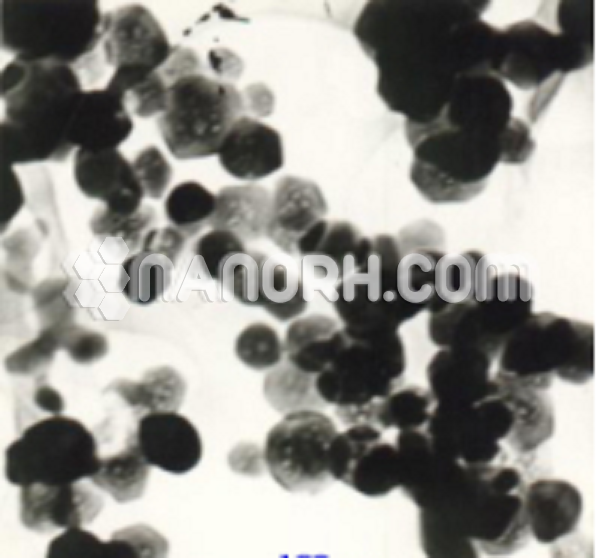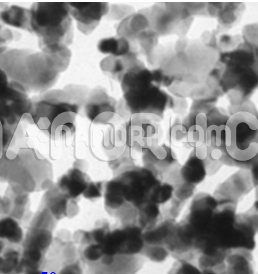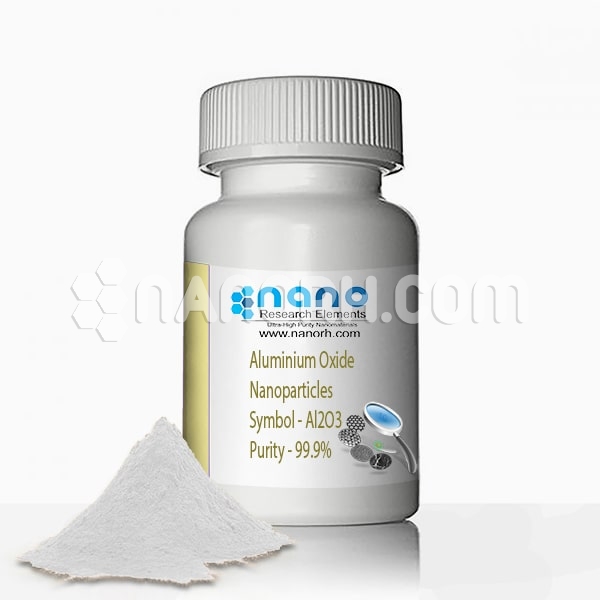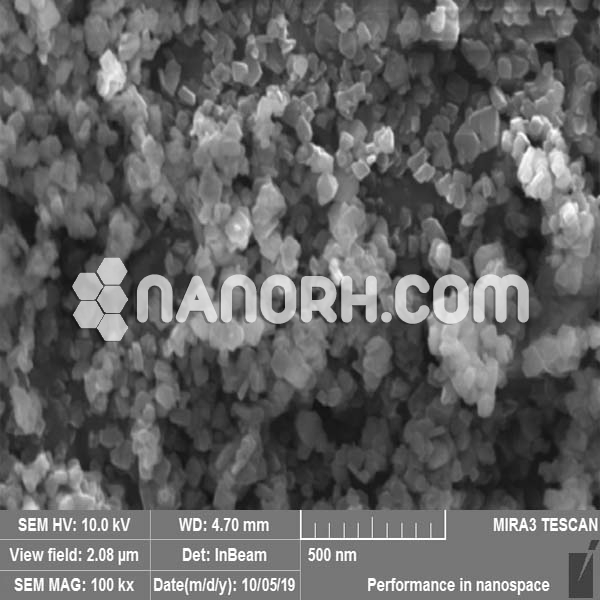Tin Oxide Nanopowder / Nanoparticles (SnO2, High purity, 99.7%, 35-55nm)
Catalysts Transparent heating elements; Anti-static coatings; Electrodes and antireflection coatings in solar cells; Gas sensors; Energy-conserving coatings; Optoelectronic devices; Resistors; Liquid crystal displays…..
| Tin Oxide Nanopowder | |
| Product No | NRE-3060 |
| CAS No. | 18282-10-5 |
| Formula | SnO2 |
| APS | <55nm (Can be Customized) |
| Purity | 99.7% |
| Color | White |
| Molecular Weight | 150.71 g/mol |
| Density | 6.95g/cm3 |
| Melting Point | 1630 °C |
| Boiling Point | 1800-1900 °C |
Tin Oxide Nanopowder (SnO2) Applications:
Catalysts; Transparent heating elements; Anti-static coatings; Electrodes and antireflection coatings in solar cells; Gas sensors; Energy-conserving coatings; Optoelectronic devices; Resistors; Liquid crystal displays.
Magnetic properties of tin oxide nanoparticles are used in magnetic data storage and magnetic resonance imaging. As catalysts, energy-saving coatings and anti-static coatings. As electrodes and anti-reflection coatings in solar cells. In the making of gas sensors, optoelectronic devices and resistors. Making of liquid crystal displays. Tin oxide has long been used as an opacifier and as a white dye in ceramic glazes. This probably led to the discovery of the lead-tin yellow pigment, which was produced using tin oxide (IV) as a compound. The use of tin oxide (IV) has been particularly common in enamels for terracotta, terracotta, and tiles; See articles of earthenware and glazed ceramic. Tin oxide remains in suspension in the glassy matrix of enameled enamels and, with its high refractive index that is sufficiently different from the matrix, the light disperses and therefore increases the opacity of the enamel. The degree of dissolution increases with the cooking temperature and, therefore, the degree of opacity decreases. Although dependent on other constituents, the solubility of tin oxide in glaze mixtures is generally low. Its solubility increases with Na2O, K2O, and B2O3, and is reduced with CaO, BaO, ZnO, Al2O3 and, to a certain extent, with PbO.
SnO2 has been used as a pigment in the production of glass, enamels and ceramic glazes. Pure SnO2 gives a milky white color; other colors are obtained mixed with other metal oxides, p. e.g. V2O5 yellow; Cr2O3 pink; and Sb2O5 blue-gray.




